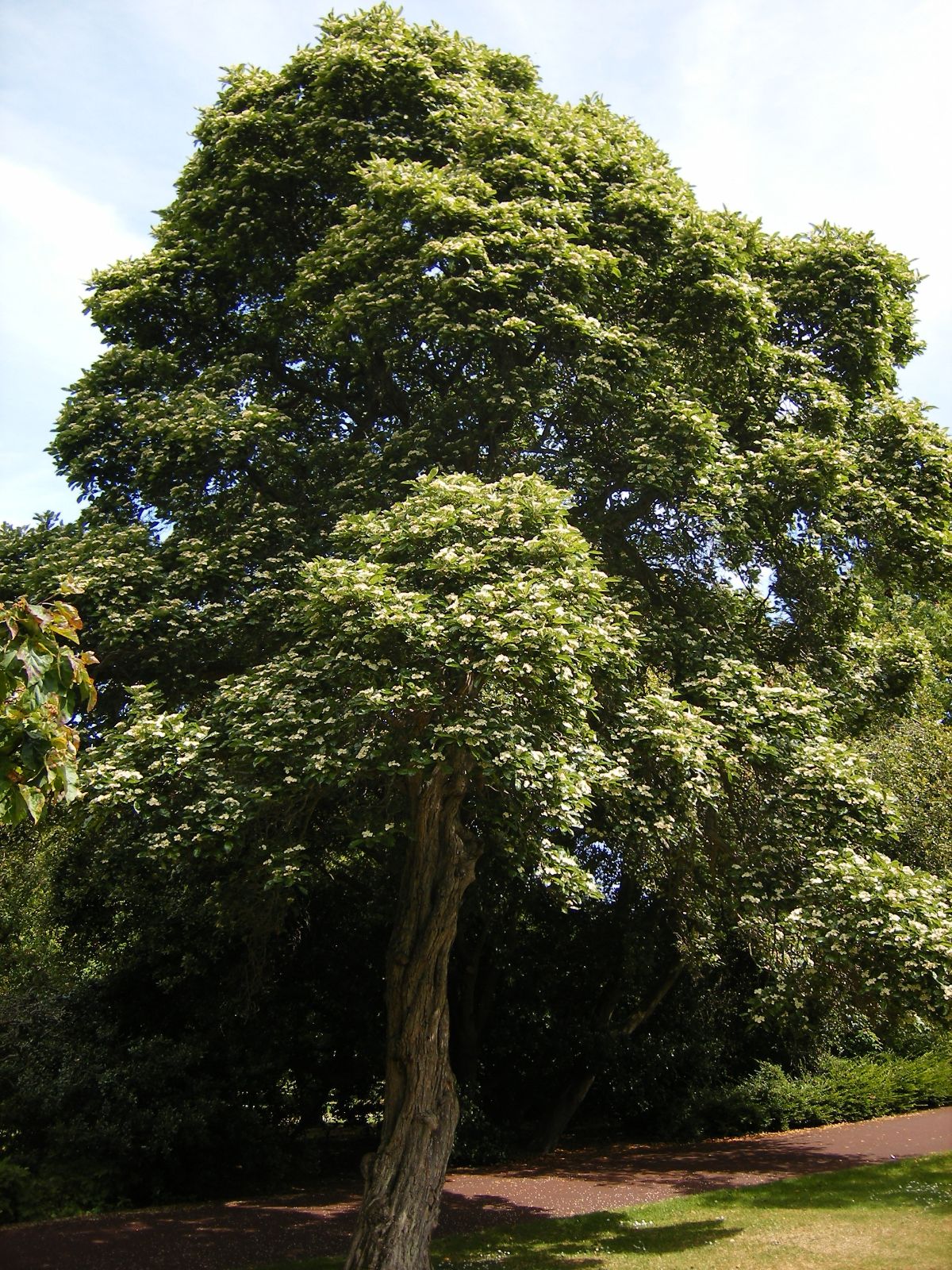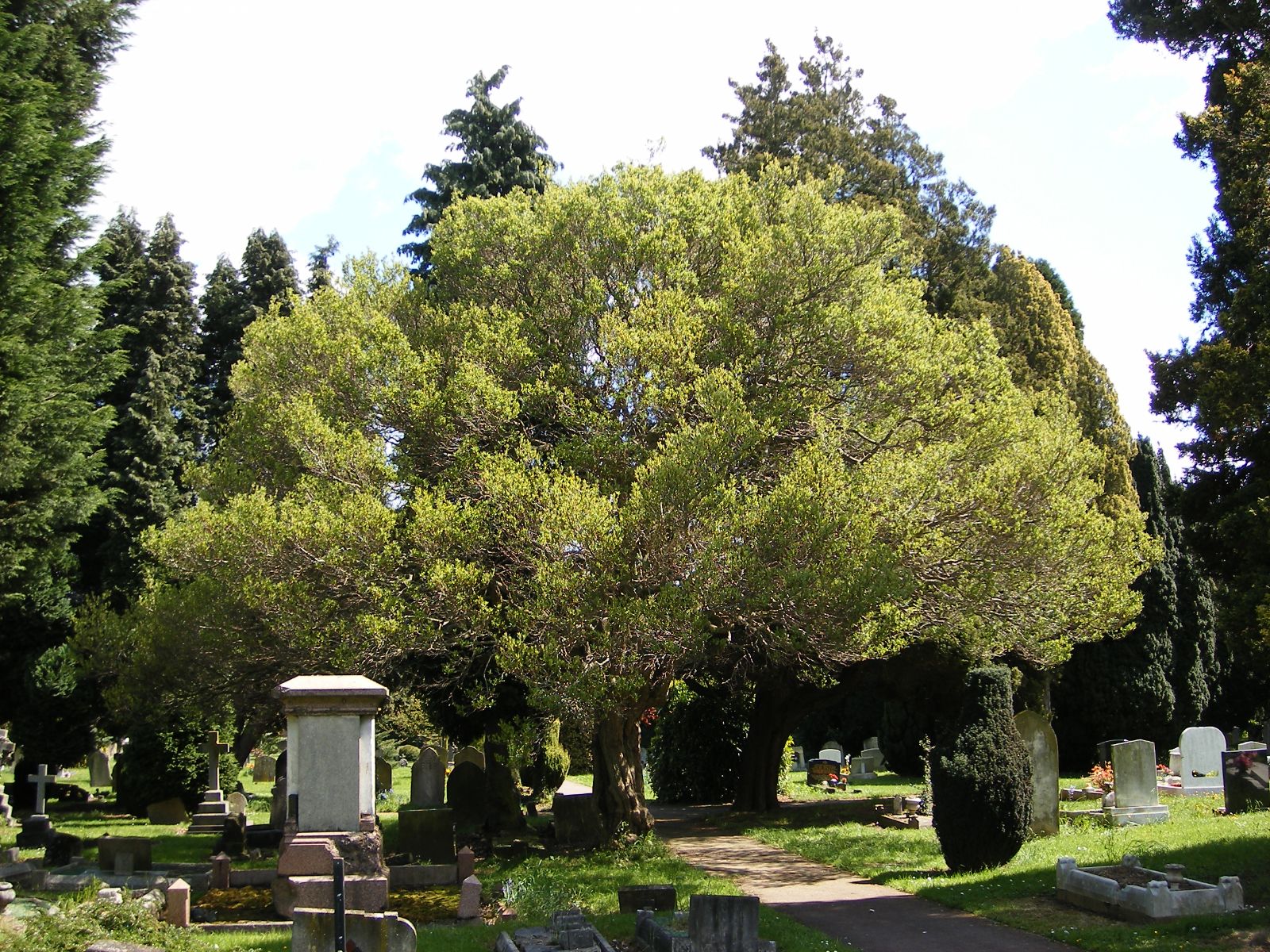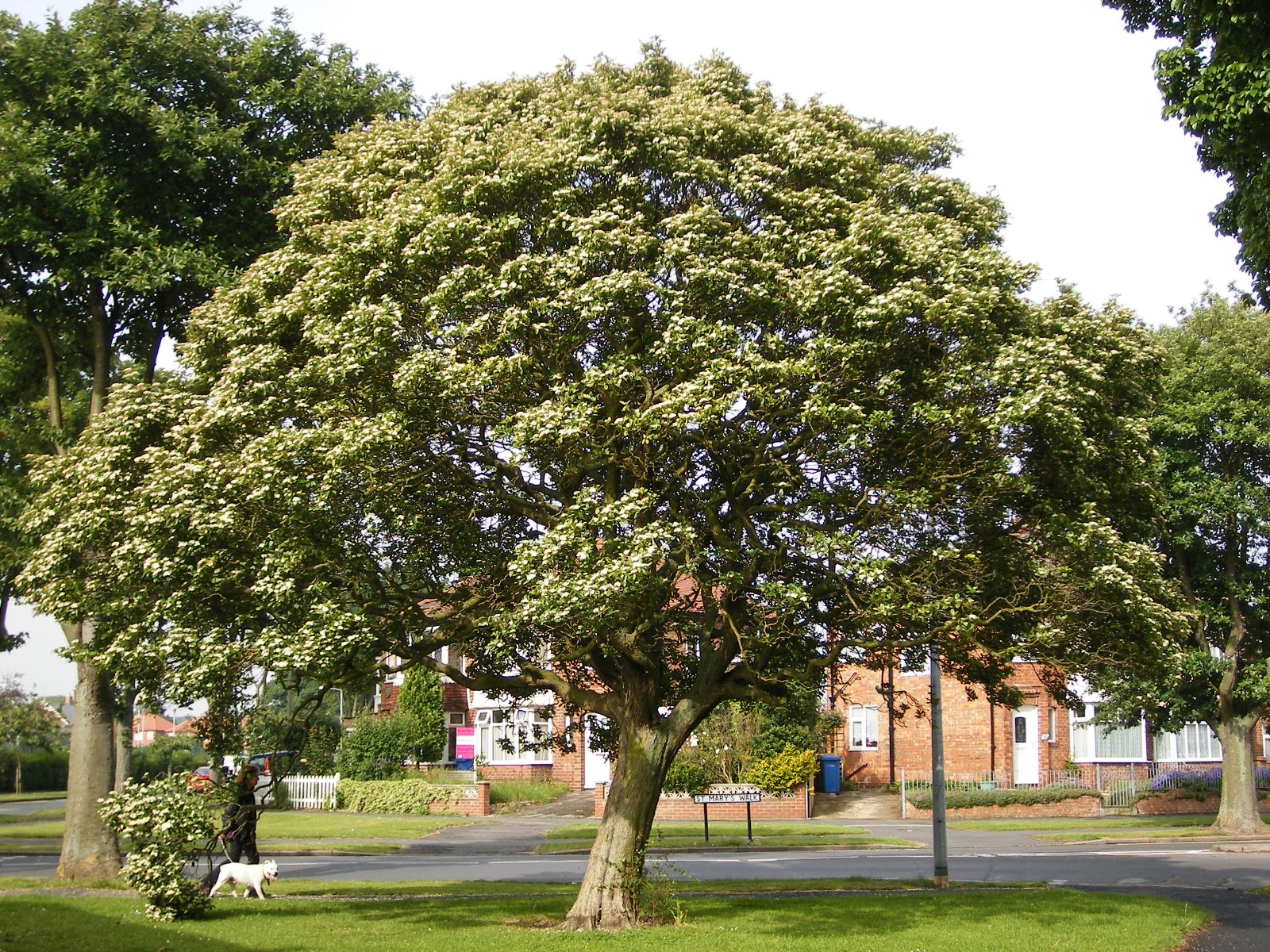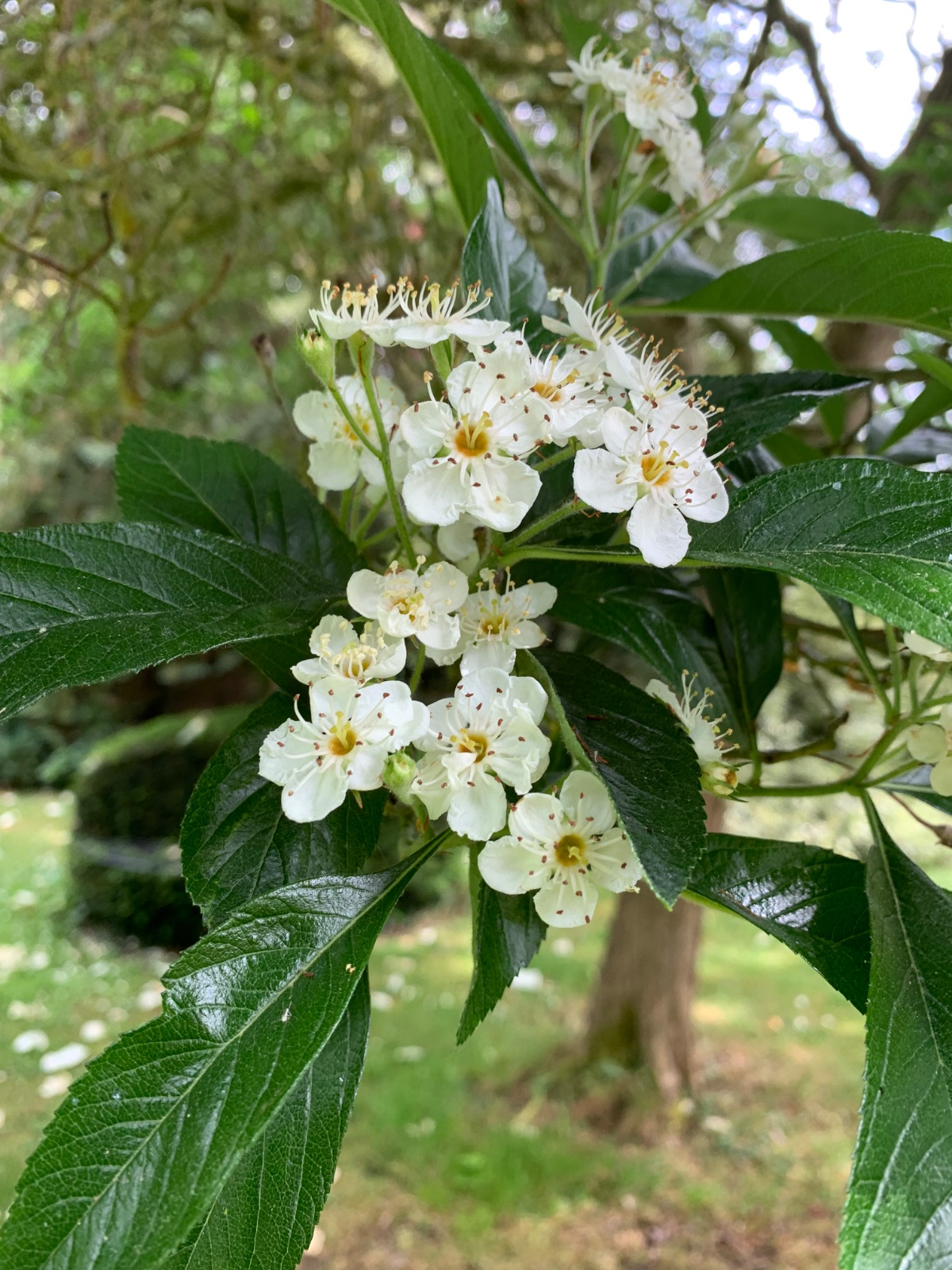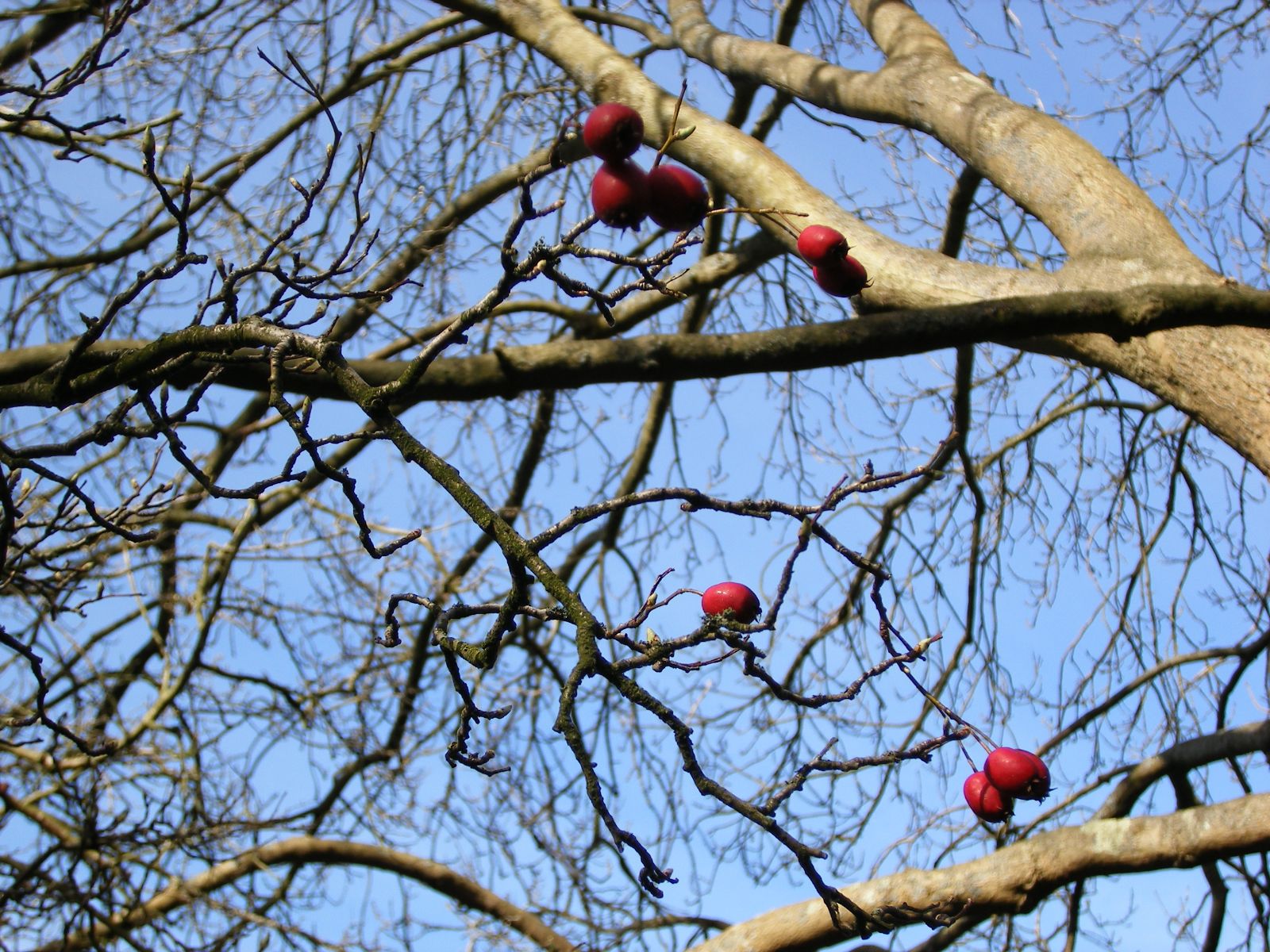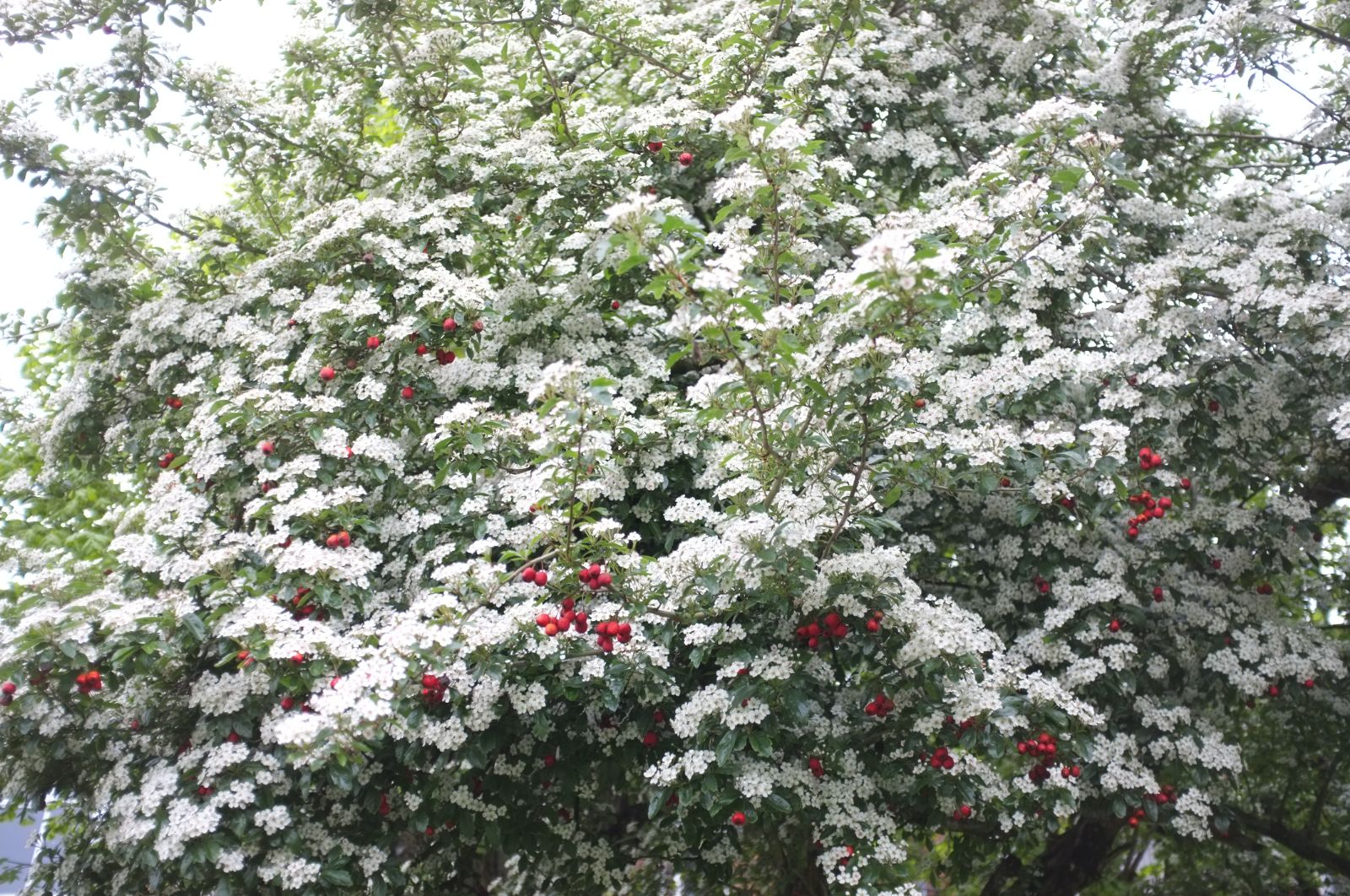Crataegus × lavallei
Sponsor
Kindly sponsored by
This genus has been sponsored and new text is being prepared.
Credits
Article from Bean's Trees and Shrubs Hardy in the British Isles
Recommended citation
'Crataegus × lavallei' from the website Trees and Shrubs Online (treesandshrubsonline.
Genus
Synonyms
- C. carrierei Vauvel ex Carr.
Infraspecifics
Other taxa in genus
- Crataegus ambigua
- Crataegus apiifolia
- Crataegus aprica
- Crataegus azarolus
- Crataegus baroussana
- Crataegus brachyacantha
- Crataegus chlorosarca
- Crataegus chrysocarpa
- Crataegus chungtienensis
- Crataegus coccinioides
- Crataegus crus-galli
- Crataegus cuneata
- Crataegus × dippeliana
- Crataegus douglasii
- Crataegus dsungarica
- Crataegus durobrivensis
- Crataegus flabellata
- Crataegus flava
- Crataegus henryi
- Crataegus heterophylla
- Crataegus intricata
- Crataegus jozana
- Crataegus laevigata
- Crataegus macracantha
- Crataegus marshallii
- Crataegus mexicana
- Crataegus meyeri
- Crataegus mollis
- Crataegus monogyna
- Crataegus nigra
- Crataegus oliveriana
- Crataegus orientalis
- Crataegus oxyacantha
- Crataegus pedicellata
- Crataegus pentagyna
- Crataegus phaenopyrum
- Crataegus pinnatifida
- Crataegus pruinosa
- Crataegus prunifolia
- Crataegus pseudoheterophylla
- Crataegus punctata
- Crataegus sanguinea
- Crataegus spathulata
- Crataegus stipulacea
- Crataegus succulenta
- Crataegus tanacetifolia
- Crataegus tomentosa
- Crataegus uniflora
- Crataegus viridis
- Crataegus wattiana
- Crataegus wilsonii
The tree on which this name is founded arose in the Segrez Arboretum, France, and was first described in 1880. Three years later Carrière published an account (Rev. Hort., 1883, p. 108) of a very similar hawthorn, which was distributed, and long known as, C. carrierei. In a botanical sense this name must be regarded as a synonym of C. × lavallei, but it is desirable to preserve the name in cultivar form, in order to distinguish Carrière’s plant from the Segrez form. Whether the latter was ever propagated and distributed is not known.
From the Supplement (Vol. V)
C. × grignonensis – In the original printing it was stated that this hybrid resembles C. × lavallei ‘Carrierei’ in the colour of its fruits. In fact, they are red, not orange-red as in ‘Carrierei’.
C × grignonensis Mouillef
Another hybrid from C. stipulacea, which it resembles more closely than does C. × lavallei. It was first observed at Grignon in France in 1873 and probably originated there. It has much the same garden value as C. × lavallei ‘Carrierei’, which it resembles in the long persistent leaves and fruits but from which it differs in its glabrous shoots.

